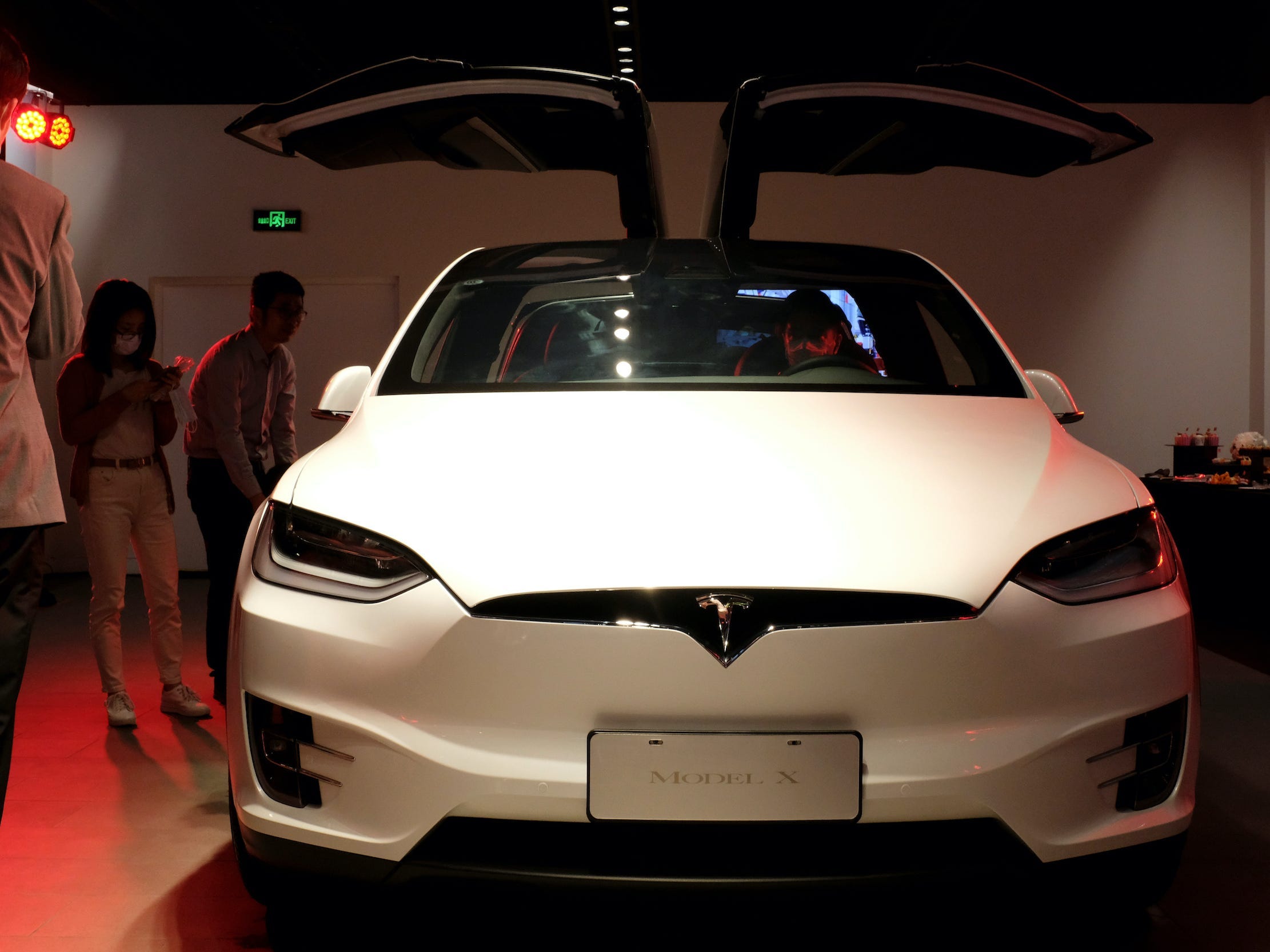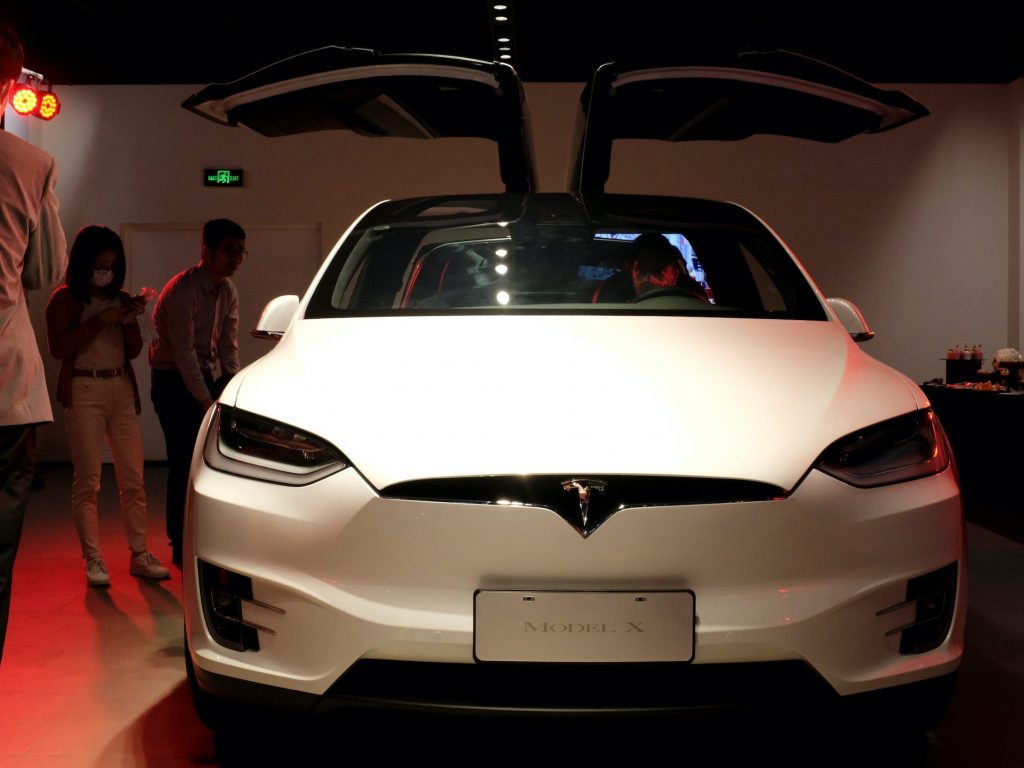
Yilei Sun/Reuters
- Firefighters used 40 times more water to contain a Tesla fire than for a regular car fire, they said.
- They struggled because of the lithium battery cells powering the Tesla Model X, they said.
- Tesla maintains that its electric cars are the "safest in the world."
- See more stories on Insider's business page.
Firefighters had to use 40 times more water to contain a Tesla electric vehicle (EV) blaze in Austin than they would normally use for a mainstream gas-powered car that was on fire, emergency responders said.
They struggled to contain the blaze on Thursday because of the lithium battery cells that power the Tesla Model X, which can lead to fires breaking out hours after a crash, according to the firefighters.
The driver of the EV, which starts at about $80,000, slammed into a set of gas tanks, according to Fox 7 Austin, which obtained footage of the incident.
"Normally a car fire you can put out with 500 to 1,000 gallons of water," Austin Fire Department Division Chief Thayer Smith said, per The Independent, "but Tesla's may take up to 30,000-40,000 gallons of water, maybe even more, to extinguish the battery pack once it starts burning and that was the case here."
He added that "there is not any, at this point, any easily obtainable extinguishing agent on the market to deal with these [EV] fires."
-Austin Fire Info (@AustinFireInfo) August 12, 2021
Tesla maintains that its EVs are the "safest cars in the world" on the safety section of its site.
It also states that "from 2012 - 2020, there has been approximately one Tesla vehicle fire for every 205 million miles traveled. By comparison, data from the National Fire Protection Association (NFPA) and U.S. Department of Transportation shows that in the United States there is a vehicle fire for every 19 million miles traveled."
Austin Fire Department Division Chief Eddie Martinez told Fox 7 this was the first Tesla fire incident that he knew of in the city, but that his team were prepared following reports of similar Tesla fires elsewhere that took more water and time than normal to control.
Dit artikel is oorspronkelijk verschenen op z24.nl
